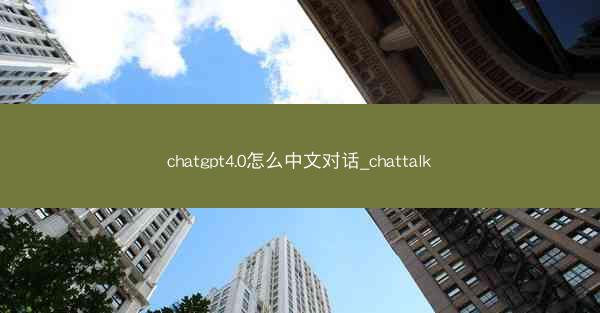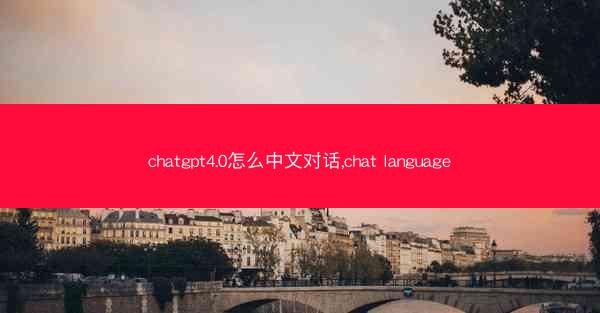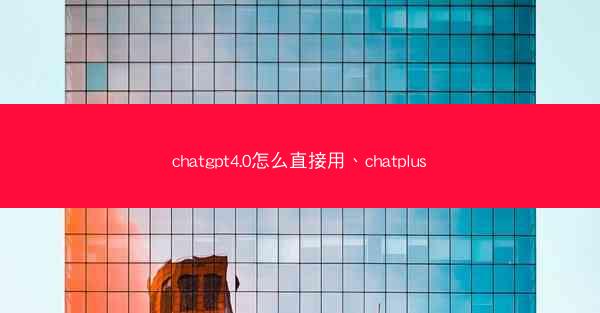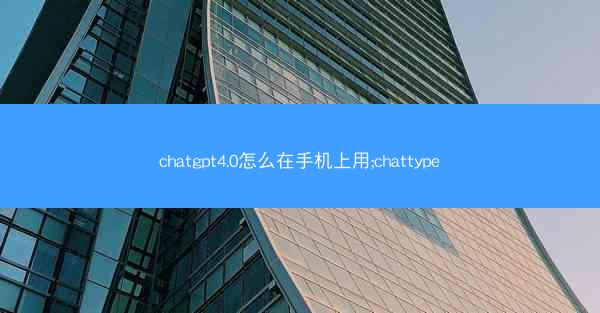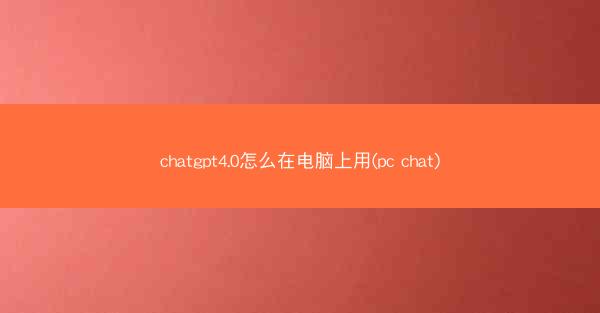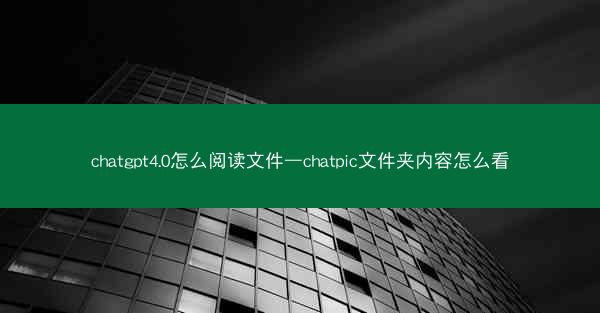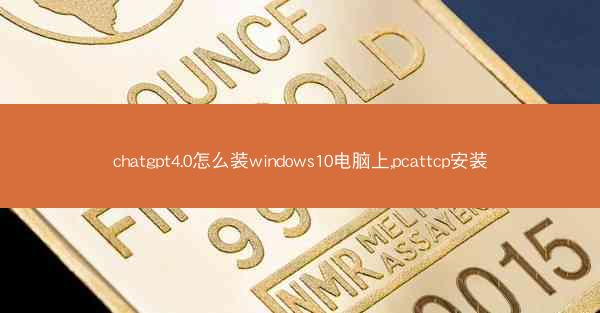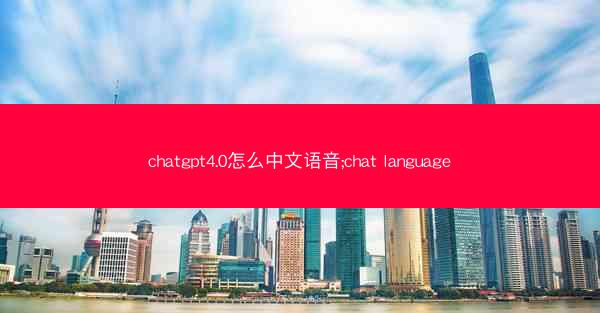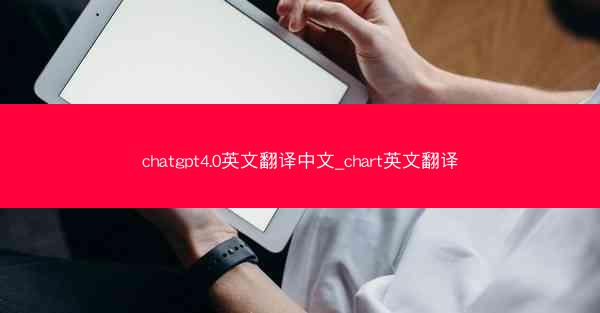
The Revolutionary ChatGPT 4.0: A Deep Dive into Its Translation Capabilities
In the ever-evolving landscape of artificial intelligence, OpenAI's ChatGPT 4.0 has emerged as a groundbreaking language model, capable of transforming the way we interact with technology. One of its most remarkable features is its advanced translation capabilities, which have the potential to revolutionize global communication. This article delves into the intricacies of ChatGPT 4.0's translation prowess, exploring its significance, challenges, and the future it promises for multilingual interactions.
What is ChatGPT 4.0?
ChatGPT 4.0 is an AI-powered language model developed by OpenAI, which has been trained on a vast amount of text data from the internet. It is designed to understand and generate human-like text, making it a versatile tool for various applications, including translation. The model's ability to process and translate text in real-time has opened up new possibilities for global communication and collaboration.
The Translation Capabilities of ChatGPT 4.0
1. Accuracy and Reliability
One of the most significant advancements in ChatGPT 4.0's translation capabilities is its accuracy. The model has been fine-tuned to understand the nuances of different languages, ensuring that translations are not only accurate but also contextually appropriate. This level of precision is crucial for businesses and individuals who rely on accurate translations for communication and collaboration.
2. Speed and Efficiency
In addition to accuracy, the speed at which ChatGPT 4.0 can translate text is impressive. The model can process and translate large volumes of text in a matter of seconds, making it a highly efficient tool for tasks that require quick translations, such as real-time communication or translating documents.
3. Multilingual Support
ChatGPT 4.0 supports a wide range of languages, making it a valuable tool for global communication. Whether you need to translate from English to Spanish, French to Mandarin, or any other language pair, the model can handle it with ease.
Challenges and Limitations
1. Contextual Understanding
While ChatGPT 4.0 has made significant strides in translation accuracy, it still faces challenges in understanding context. Certain idiomatic expressions or cultural nuances may not be fully captured in the translation, leading to potential misunderstandings.
2. Language Evolution
Languages are constantly evolving, and keeping up with these changes is a challenge for any translation model. ChatGPT 4.0 must be regularly updated to ensure that it can keep pace with new vocabulary and linguistic trends.
3. Ethical Considerations
The use of AI for translation raises ethical concerns, particularly regarding the potential displacement of human translators. Ensuring that AI translation tools complement rather than replace human expertise is a crucial consideration for the future of translation services.
The Future of Translation with ChatGPT 4.0
1. Integration with Other AI Technologies
The integration of ChatGPT 4.0 with other AI technologies, such as natural language processing and machine learning, could further enhance its translation capabilities. This could lead to more sophisticated and context-aware translations.
2. Personalization
As AI technology advances, the ability to personalize translations based on individual preferences and needs could become a reality. This could be particularly beneficial for users who require specialized translations for specific industries or purposes.
3. Accessibility
Making translation services more accessible to a wider audience is another area where ChatGPT 4.0 could make a significant impact. By reducing the barriers to translation, the model could help bridge the communication gap between different languages and cultures.
In conclusion, ChatGPT 4.0's translation capabilities represent a significant leap forward in the field of AI-driven language processing. While challenges and limitations remain, the potential for transforming global communication is immense. As the technology continues to evolve, we can expect to see even more innovative and efficient translation solutions that will make our world a more connected place.


